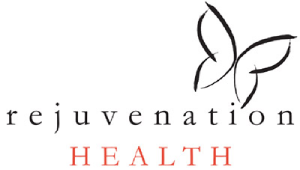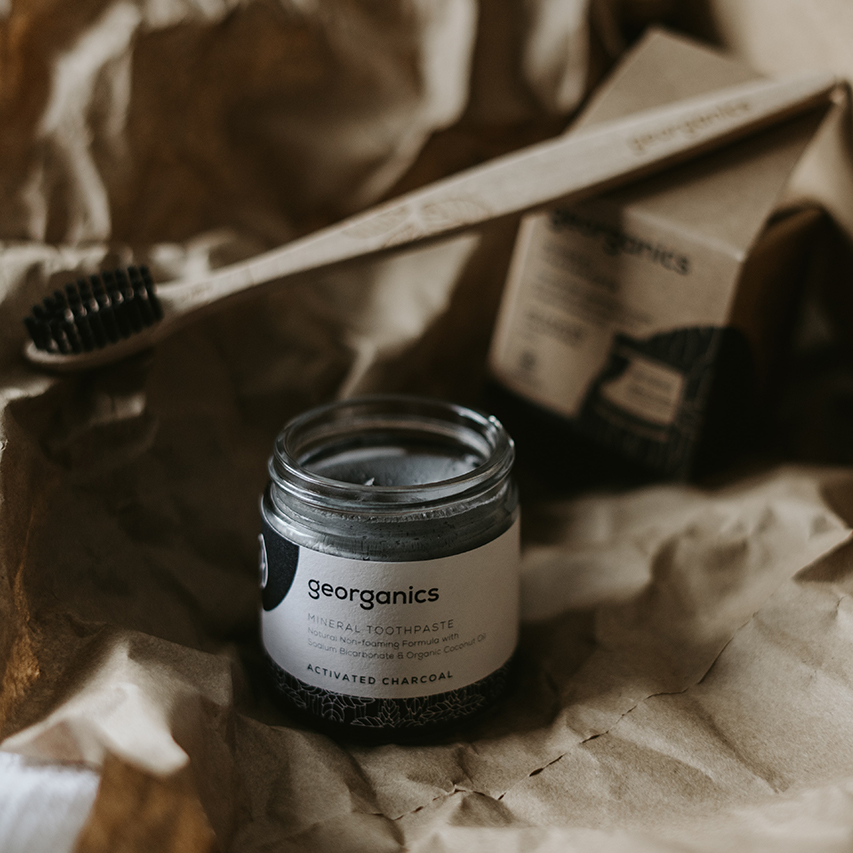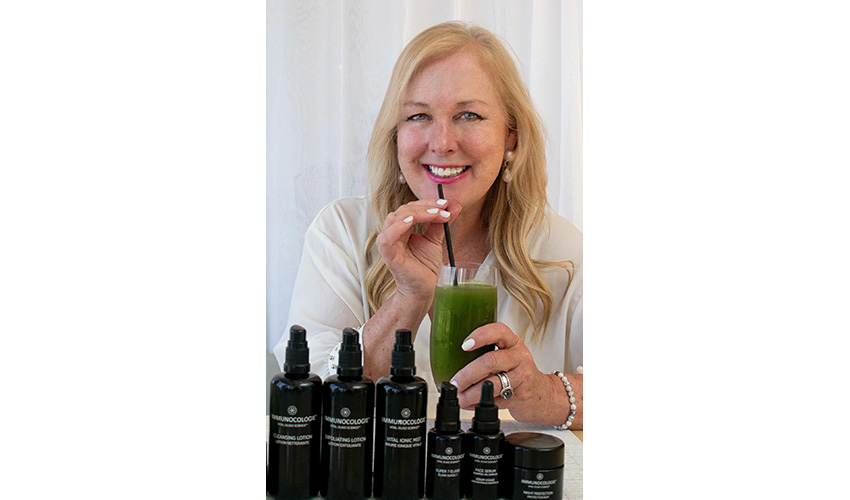Charcoal is a growing trend in skin care and, more recently, oral care, leaving many wondering about the science behind activated charcoal. Celebrities like Kendall Jenner and Kristin Cavallari have endorsed activated charcoal toothpaste (also called “black toothpaste”) to whiten teeth.
Commonly found in water filters, activated charcoal is a fine carbon powder made from wood and other natural substances oxidized under significant heat. It’s highly porous and can remove toxins.
But the science behind activated charcoal treatments for whitening is questionable — some sources say it might even be bad for your teeth. In this article, we’re looking at both the benefits and downsides. Keep reading to see if charcoal toothpaste is right for you.
Can charcoal toothpaste whiten teeth?
No, charcoal toothpaste cannot whiten teeth. It can remove dental stains, similar to other quality toothpastes and dental cleanings.
Activated charcoal toothpaste may help remove surface stains like coffee, tea, or wine. Since charcoal is abrasive, it might absorb surface stains better than standard toothpaste.
However, there is zero evidence that charcoal toothpaste has a natural whitening effect below the surface.
To whiten your teeth, you must remove stains on the surface and intrinsic ones below the enamel. Charcoal does not work on intrinsic stains.
Also, activated charcoal powder has no bleaching ingredients and instead relies on charcoal’s dubious benefits.
Benefits of Charcoal Toothpaste for Teeth and Oral Health
Charcoal toothpaste has a few benefits for teeth and oral health, including:
- Removing surface stains on your teeth
- Improving bad breath (halitosis)
- Possible antimicrobial properties
- Making tooth brushing a cool trend, leading to increased brushing
Is charcoal toothpaste good for your teeth? Charcoal toothpaste is not good or bad for your teeth, per se. It might provide antimicrobial properties, but it doesn’t whiten your teeth, and its abrasive nature can damage your tooth enamel.
Is charcoal toothpaste safe to use?
Charcoal toothpaste does not seem to be toxic, but the long-term effects of charcoal toothpaste are not well understood. This 2017 scientific review warns that charcoal-based toothpaste may or may not be safe and effective — we simply don’t know yet.
What are the side effects of charcoal toothpaste? The side effects and downsides of using charcoal toothpaste include the following:
- Charcoal toothpaste is too abrasive for daily dental care. Charcoal is abrasive and may wear down tooth enamel, making teeth appear yellow by exposing the dentin, a calcified yellow tissue below the tooth enamel.
- Charcoal doesn’t whiten. Although it can remove surface stains, charcoal does not remove intrinsic stains below your dental enamel.
- Charcoal may worsen tooth sensitivity. Everyday use of charcoal toothpaste could cause tooth sensitivity due to the abrasive nature of activated charcoal.
- Charcoal can cause staining. Charcoal particles might accumulate in the nooks and crannies of older or weaker teeth. It could also stain dental restorations, like bridges, veneers, fillings, and crowns — leaving a black or gray outline.
- Charcoal may interfere with medications. Absorption of charcoal through your mucus membranes (or accidentally swallowing it) may lead to altered absorption of certain drugs and chemicals.
- Many charcoal toothpastes are fluoride-free and have no other ingredients to fight cavity formation. Most activated charcoal toothpastes are not fluoride toothpastes, which can help prevent and reverse cavities (tooth decay). However, fluoride can also lead to health problems, especially when swallowed or in individuals with a sensitivity to fluoride. (That’s why we usually recommend Revitin, which is great for teeth and gums without the risk of fluoride.)
Reminder: Activated charcoal’s long-term effects on your dental health and oral microbiome are still not yet fully understood.
Alternatives to Charcoal Toothpaste
Check out these alternatives to charcoal toothpaste, meant to clean or whiten your teeth naturally:
- Daily oral hygiene, including brushing with a soft-bristled sonic toothbrush, flossing, and rinsing out your mouth after eating and drinking will help you maintain a whiter smile at home. We recommend skipping the alcohol-based mouthwashes though, since they dry out your mouth.
- Hydrogen peroxide can whiten your teeth naturally, but it may also harm your dental enamel. In-office dental treatments using hydrogen peroxide seem to yield better results than at-home peroxide treatment. But if peroxide comes into contact with your gums, it can cause significant damage. Stick to peroxide-based gels with custom trays to protect your gums while working towards pearlier whites.
- Baking soda is a safe and easy way to clean and whiten your teeth.
- Apple cider vinegar may whiten your teeth but can also weaken tooth structure.
- Oil pulling is swishing coconut oil in your mouth, and then spitting it out. Coconut oil has natural antimicrobial benefits that help clean teeth and strengthen your oral microbiome. It’s unlikely to actually whiten teeth at all, but might remove a bit of staining.
- Whitening toothpastes are approved by the ADA so these whitening products are generally considered safer than charcoal toothpaste. The ADA is not perfect though. If you’re sensitive to fluoride or other common toothpaste ingredients like SLS, triclosan, and parabens whitening toothpastes are not a good option.
- Whitening strips are similar to whitening toothpastes and approved by mainstream dentists. The strips may cause gum sensitivity or damage enamel if you don’t apply them correctly or leave them on too long. Proceed with caution!
- Dental whitening is safely performed by a dental professional. As long as they don’t use any harmful materials you may be sensitive to, the main downsides to dental whitening treatments are the high cost and the temporary effects. But skip the UV light at the end of your whitening session — the extra results that light provides go away within a week, and you may end up with tooth sensitivity.
Home methods not working? We can help.
“Natural” doesn’t always mean “better” — activated charcoal may have some benefits, but it also has downsides.
Rejuvenation Dentistry is a biological dental practice. We believe in maintaining your natural enamel and tooth structure as much as possible. Because charcoal is extra abrasive, it can damage your enamel. Therefore, we cannot recommend charcoal toothpaste.
For teeth whitening in the safest way possible, consider Rejuvenation Dentistry. We have decades of experience restoring teeth to their natural white state through non-invasive, conservative treatments.
Sources
- Koc Vural, U., Bagdatli, Z., Yilmaz, A. E., Yalçın Çakır, F., Altundaşar, E., & Gurgan, S. (2021). Effects of charcoal-based whitening toothpastes on human enamel in terms of color, surface roughness, and microhardness: an in vitro study. Clinical Oral Investigations, 25(10), 5977-5985. Abstract: https://pubmed.ncbi.nlm.nih.gov/33774715/
- AlDhawi, R. Z., AlNaqa, N. H., Tashkandi, O. E., Gamal, A. T., AlShammery, H. F., & Eltom, S. M. (2020). Antimicrobial efficacy of charcoal vs. non-charcoal toothbrushes: A randomized controlled study. Journal of International Society of Preventive & Community Dentistry, 10(6), 719. Full text: https://www.ncbi.nlm.nih.gov/pmc/articles/PMC7791587/
- Greenwall, L. H., Greenwall-Cohen, J., & Wilson, N. H. (2019). Charcoal-containing dentifrices. British dental journal, 226(9), 697-700. Full text: https://static1.squarespace.com/static/5dc43d56f1a40f72ec167c68/t/5e29afee907bc30696913162/1579790322364/Br-Dental-J-May-102305843009217462893.pdf
- Brooks, J. K., Bashirelahi, N., & Reynolds, M. A. (2017). Charcoal and charcoal-based dentifrices: A literature review. The Journal of the American Dental Association, 148(9), 661-670. Abstract: https://pubmed.ncbi.nlm.nih.gov/28599961/
- Aoun, A., Darwiche, F., Al Hayek, S., & Doumit, J. (2018). The fluoride debate: the pros and cons of fluoridation. Preventive nutrition and food science, 23(3), 171. Full text: https://www.ncbi.nlm.nih.gov/pmc/articles/PMC6195894/
- Epple, M., Meyer, F., & Enax, J. (2019). A critical review of modern concepts for teeth whitening. Dentistry journal, 7(3), 79. Full text: https://www.ncbi.nlm.nih.gov/pmc/articles/PMC6784469/
- Li, Y. (2017). Stain removal and whitening by baking soda dentifrice: a review of literature. The Journal of the American Dental Association, 148(11), S20-S26. Abstract: https://pubmed.ncbi.nlm.nih.gov/29056186/
- Zheng, L., Di-ze, L., & Jun-zhuo, L. U. (2014). Effects of vinegar on tooth bleaching and dental hard tissues in vitro. Journal of Sichuan University (Medical Science Edition), 45(6). Abstract: https://pubmed.ncbi.nlm.nih.gov/25571718/
- Shanbhag, V. K. L. (2017). Oil pulling for maintaining oral hygiene–A review. Journal of traditional and complementary medicine, 7(1), 106-109. Full text: https://www.ncbi.nlm.nih.gov/pmc/articles/PMC5198813/




